7 Helpful Alaska Travel Tips for RVers
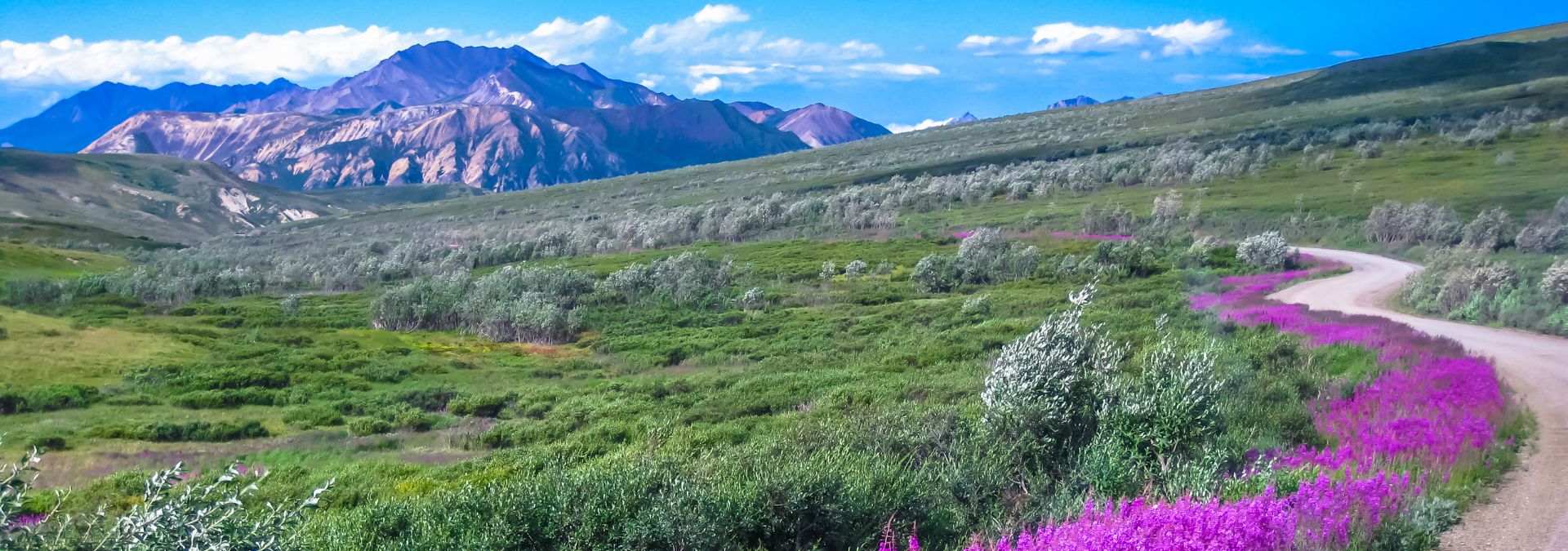
Here are some helpful Alaska travel tips for RVers to make the most of your visit to the last frontier in North America!
Whether it's wildlife sightings or small towns you're looking for, Alaska has it all for your adventurous spirit. There are so many good places to visit that dot the beautiful landscape. Between the towns and natural beauty, it could be a road trip of a lifetime.
There are few places as beautiful as Alaska, but it comes with its own travel challenges. The severe cold weather they experience is an obvious one, which we will address here. And more!
Alaska Travel Tips for RVers
If you love long drives, then Alaska is for you! Take your RV up the Alaska highway connecting the lower 48 to Alaska, via the Canadian border. If an Alaska road trip is on your bucket list, there is no better way to see it than this most incredible scenic drive!
The following are your Alaska travel tips for RVers!
1. Best Time to Travel to Alaska
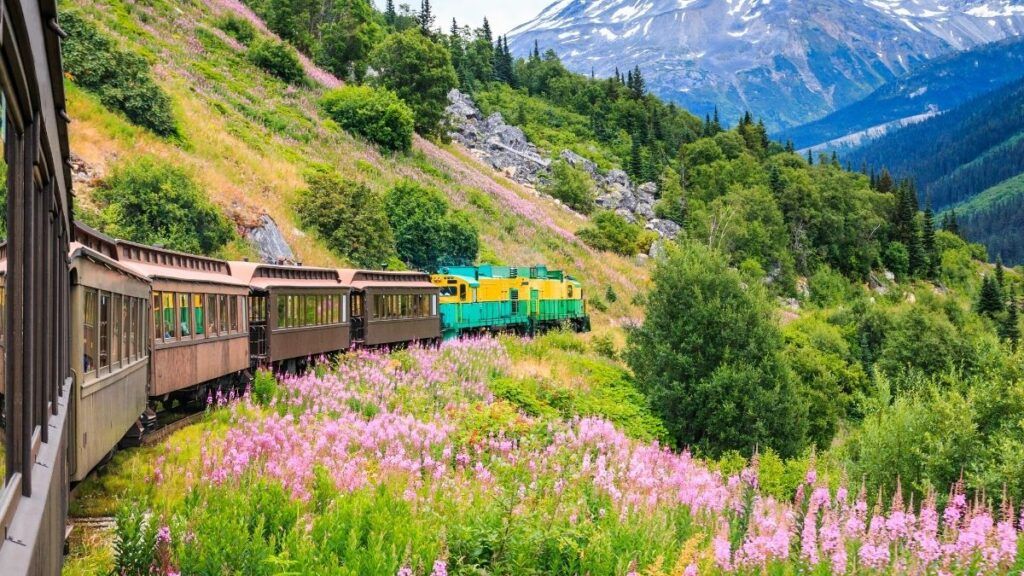
Alaska is a breathtaking state during every season. Depending on your tastes, there really is no bad time to go. However, there are certain times of the year that will give you longer daylight hours and much better road and camping conditions.
Due to its northern location, Alaska has extended periods of both daylight and darkness at different times of the year. The summer sunlight is long, lasting almost 24 hours at its peak. While the winter months are very dark, with little sunlight.
Some wildlife hibernates or is inactive during winter, making it harder to view. If you visit during the summer, you can enjoy active animals and more vibrant plant life. If you hope to see animals like brown or black bears, your best bet is to visit during the summer months.
For those reasons, the best time to visit Alaska is between the months of June and August.
While the summer is the busiest time of year for tourism, you don't really have to worry about crowds. The state (and its destinations) is large and spread out. If you do worry about crowds, you can choose to visit a little earlier or later in the summer months.
In addition, the summer temperatures are much milder than the harsh, cold winter climate.
Beware that daylight, as well as temperatures, begin to drop dramatically around September. So plan accordingly!
What about visiting in the Winter?
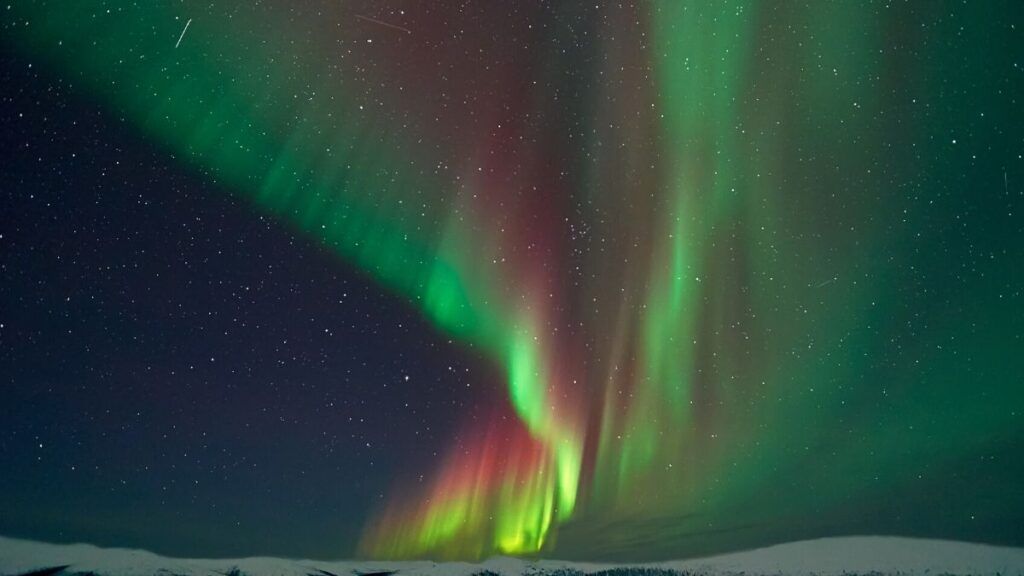
Some visitors like to visit Alaska closer to winter to see the northern lights. If this is your plan, then try to plan for no earlier than September. Just know that some roads and highways will begin shifting to winter hours and closing down right about this time.
You will also want to make sure that your rig is equipped with the right tires and/or chains if needed.
Be sure to plan your food and fuel planned for as well. Road and store closures may make getting those items difficult.
We all know that road conditions are extremely important on an RV trip. The summer months will undoubtedly be safer for your travels since you will not have snow and ice to contend with. In addition, you will not have as many road closures to worry about.
2. Length of Trip in Alaska
Traveling in Alaska is best when you have time for a long trip. But do not despair if you only have a limited amount of time. There are still excellent trips to take!
In general, and if you have the availability, spending six weeks driving to and through Alaska is ideal. That will give you time to drive where you need to while experiencing the true beauty of the state. A six-week window is a good time frame to truly see Alaska from one border to the other.
If you only have about two weeks to spend in Alaska, there are some beautiful routes you can take to get the most out of your time.
3. Set your Travel Goals
Once you know your timeframe, the next thing is to decide on your travel goals. What do you want to see in Alaska? What activities are “musts” for you? Once you identify those, you can begin to set up your itinerary.
Some popular options…
Denali National Park
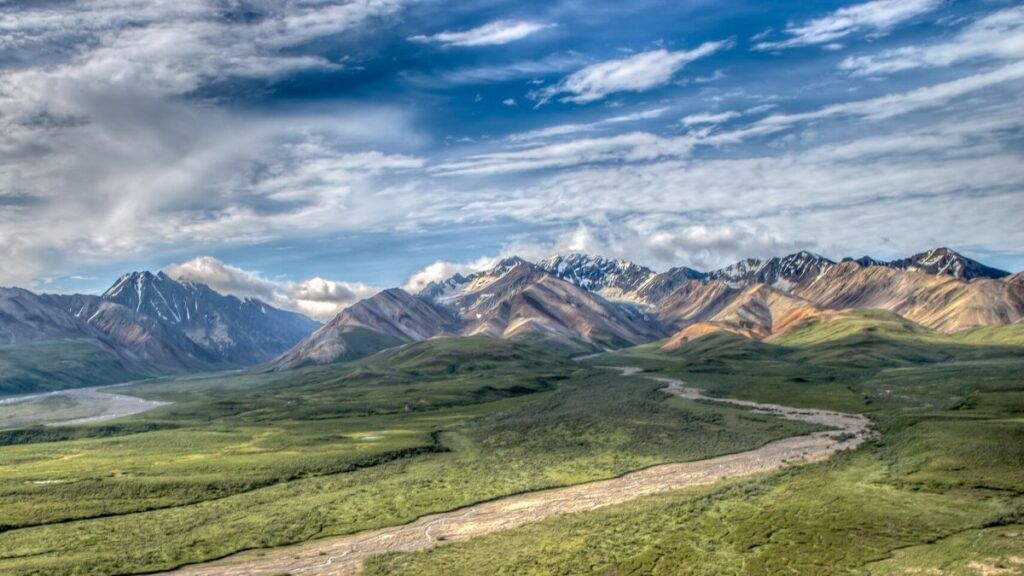
Many people go to Alaska to see the breathtaking national parks. Not only can you see abundant wildlife, you can hike some of the most gorgeous countrysides in North America! Be sure to talk to park rangers at the visitor centers park to get input on what to see.
Top of the World Highway
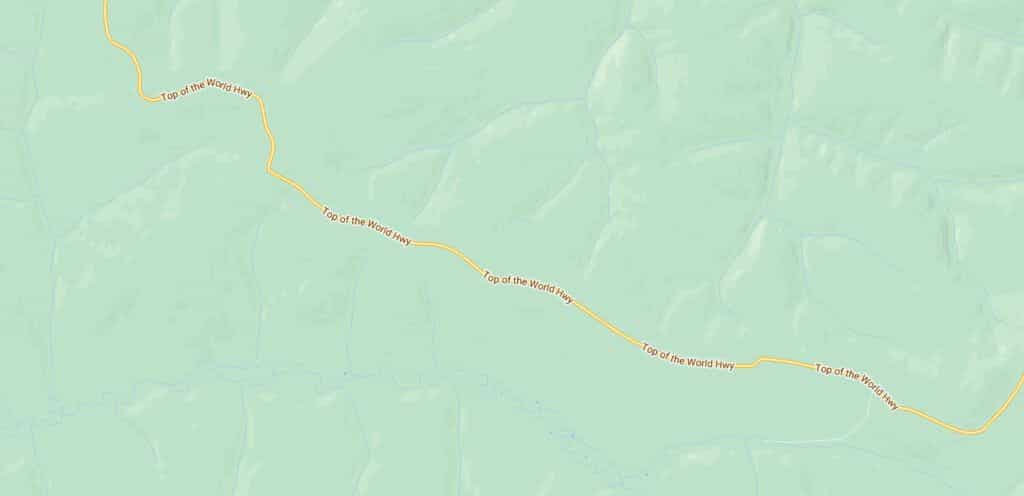
Driving the Top of the World Highway is quite an adventure! You can see some amazing things in the remote areas of Alaska. Get your camera ready because you'll want to take lots of photos of wildlife and scenic views.
Many like to do what is called the Klondike loop.
The road trip requires leaving the Alaska Highway in the town of White Horse. Then you take the Klondike Highway to Dawson City. There you will catch a ferry at the Yukon River, before catching the Alaska Highway again at the Tetlin Junction.
This road is paved in parts, but is best only completed if your rig is equipped for it. Some motor homes or travel trailers are too bulky for this road. One other option is to ship your RV to Alaska and travel this road via your car.
4. Understand Canadian Laws
Another thing you want to be mindful of when driving to Alaska is Canadian law. You will be driving through Canada to reach Alaska. That means you need to adhere to their driving laws to avoid a ticket or accident. And if you travel with a pet – you might want to check out a recent podcast about some rules as you might be traveling through Canada to get to Alaska.
Here are More Alaska Travel Tips for RVers…
5. Outfit Your RV
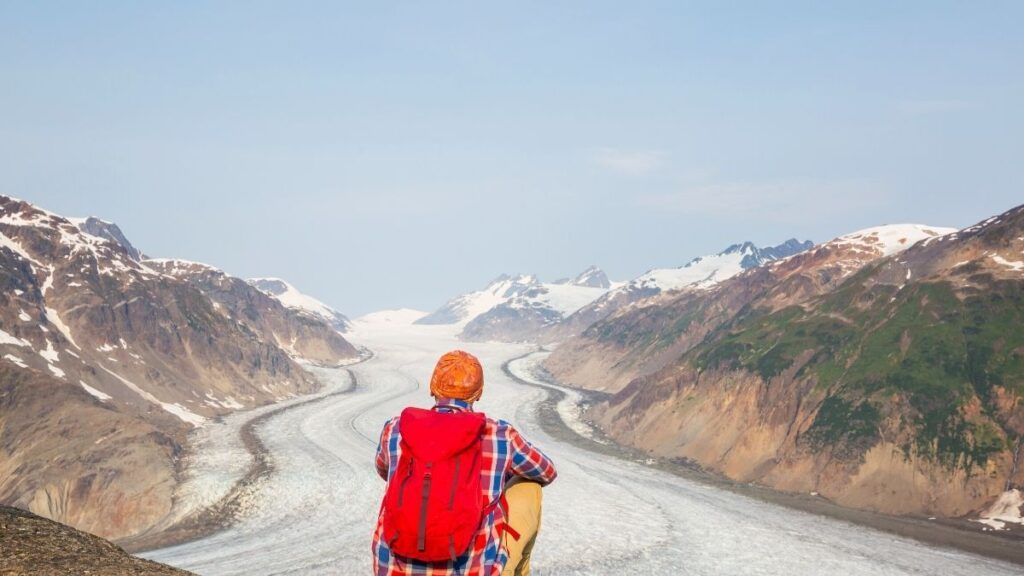
Driving to Alaska is a large road trip! So, you need to make sure you've properly outfitted your RV. Make sure you have gone through a maintenance checklist. You want to have spare tires at the ready in case you get any flat tires.
You will also want to have ample food supplies, first aid supplies, water, and other necessities fully packed. Even in the summer months, Alaska can get cold. Be prepared for the cold and pack enough blankets or outerwear to stay warm in case your heater goes out.
6. Think About Connectivity
When traveling through bear country you might notice that you do not always have great connectivity. While that is a little bit of a bummer, it also means that you are truly unplugged in nature.
One important thing is to be mindful of when you might be off the grid. Let people know when and where you are traveling to. If you don't check-in when you're supposed to, they can send help your way.
Being out of range is also a good reason for printing out hard copies of maps or atlas so that you know where you are traveling to. When traveling without connectivity, it is best to be as safe as possible.
Here's how we plan any RV trip – and yes, it includes those hard-copy maps!
7. Take Your Time (and be safe)!
Alaska is all about getting away from the noise and reconnecting with nature. Take time to sit and just stare at its beauty. Close your eyes and listen to the natural quiet, which can be surprisingly noisy with birds, wind, and so much more!
Allow yourself to feel small in this giant state, humbling yourself to the grandeur of Mother Nature.
And with that humility, respect the local dangers, including wildlife and weather conditions. The wildlife up there is WILD and the weather can make roads and camping incredibly dangerous. You don't need to be scared… just prepared!
So, take your time, be safe, and have an amazing trip of a lifetime.
What Are Your Alaska Travel Tips for RVers?
Whether you live in Alaska or have made your own RV trip there, please share your Alaska travel tips for RVers in the comments.
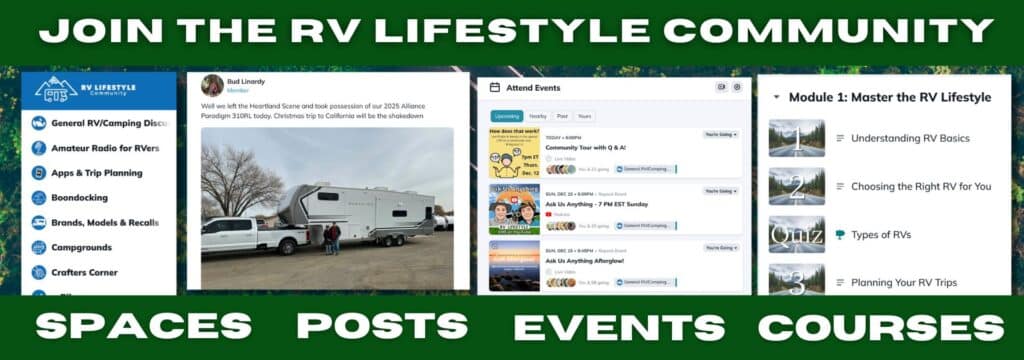
Tired of Social Media Chaos & AI Madness? Find Solace in Our Authentic RV Lifestyle Community. Over the past year, we've grown into a vibrant space where RVers connect, share trip ideas, swap tips, and troubleshoot challenges together.
Whether you're a seasoned RV traveler or just starting out, this community is the perfect place to connect with fellow explorers, share travel tips, discover amazing destinations, and learn maintenance tricks. Swap stories from the road and build lasting friendships with like-minded adventurers inside this forum-like Community. Join us https://community.rvlifestyle.com
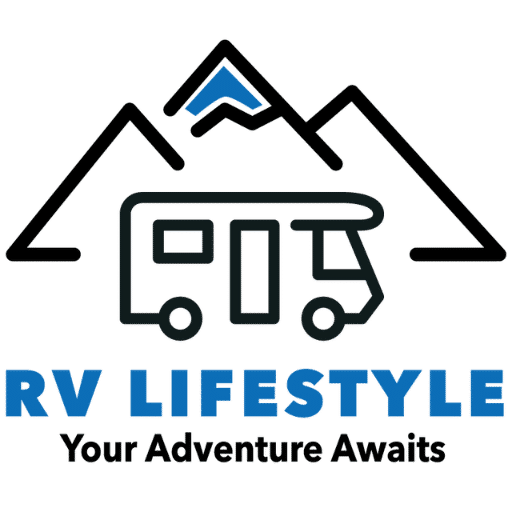
I have done The Top of the World twice and found it to be much a better road than the Alcan from Haines Junction to Tok.
Just get a campsite in advance a Dawson City.
. . . this share on Alaska travel is great . . . I live in Northwestern Alberta (Canada) about two hours from the beginning of the Alcan (Alaska) Highway, and plan to finally take the adventure and make the journey up the highway to Alaska beginning next Spring . . . thanking you for such a practical and useful article . . . btw, always look so forward to your shares and podcasts 😉 . . .
If you don’t have all the time necessary to drive to Alaska, or if you don’t have an RV…you can do what we did: Fly into Anchorage and then rent a motorhome. We spent two weeks driving around the area from Denali to the Kenai Peninsula to fish in Soldotna where we caught an ice chest full of salmon that we took to a local place that packaged and froze them rock solid, and they flew home with us to our freezer. The RV rental place was fully stocked but we added extras like a barbeque and chairs and lanterns. There were two couples in the motorhome but plenty of room for sleeping and all our stuff. Especially since the guys were up all night fishing until they dropped! Alaska is a beautiful place but in recent years has become more commercialized with cruise ships hitting those quaint coastal towns one after the other. Going inland in an RV is the best way to go if you want to see the country and animals instead of tourists.
just wondering what motorhhome place did you use